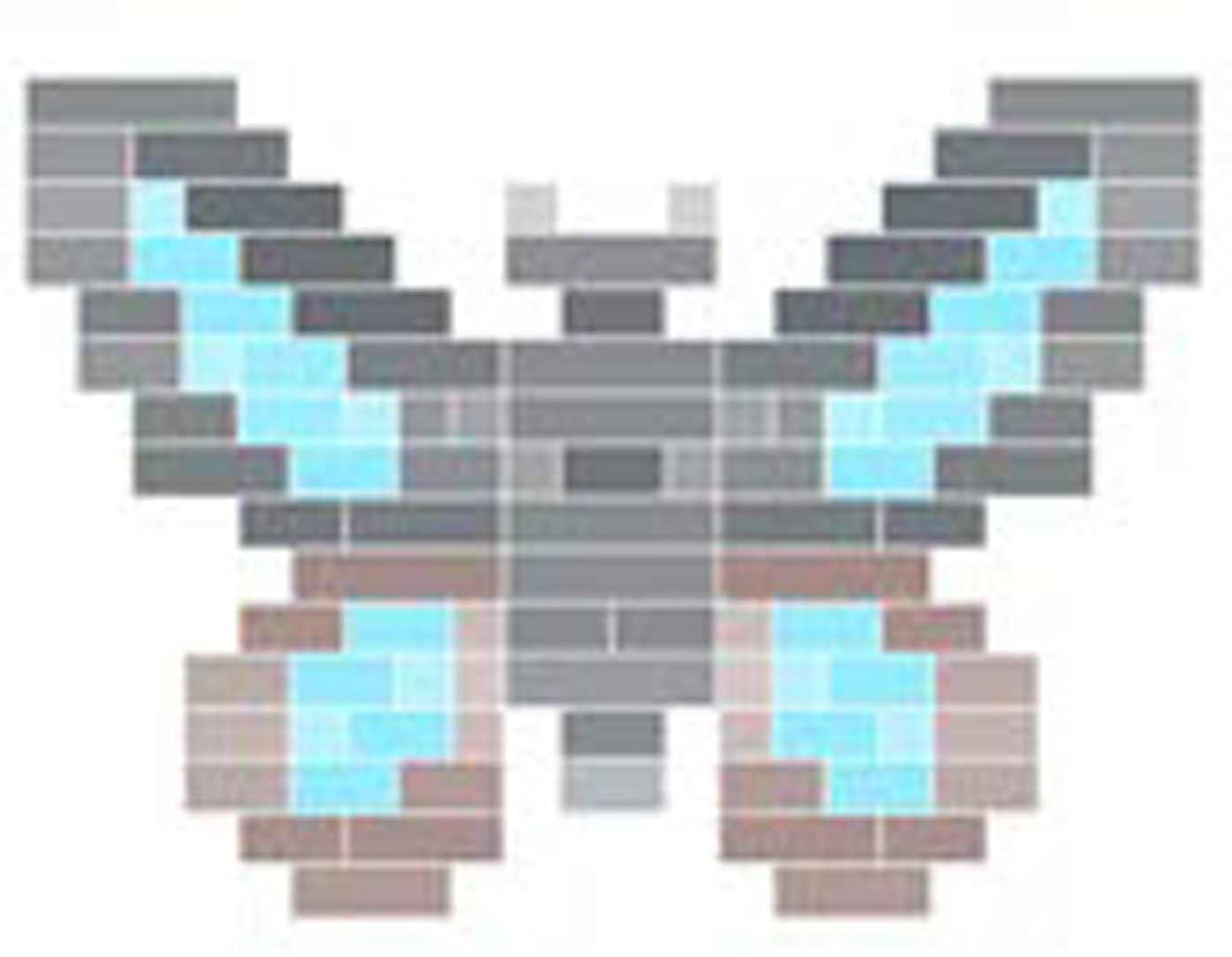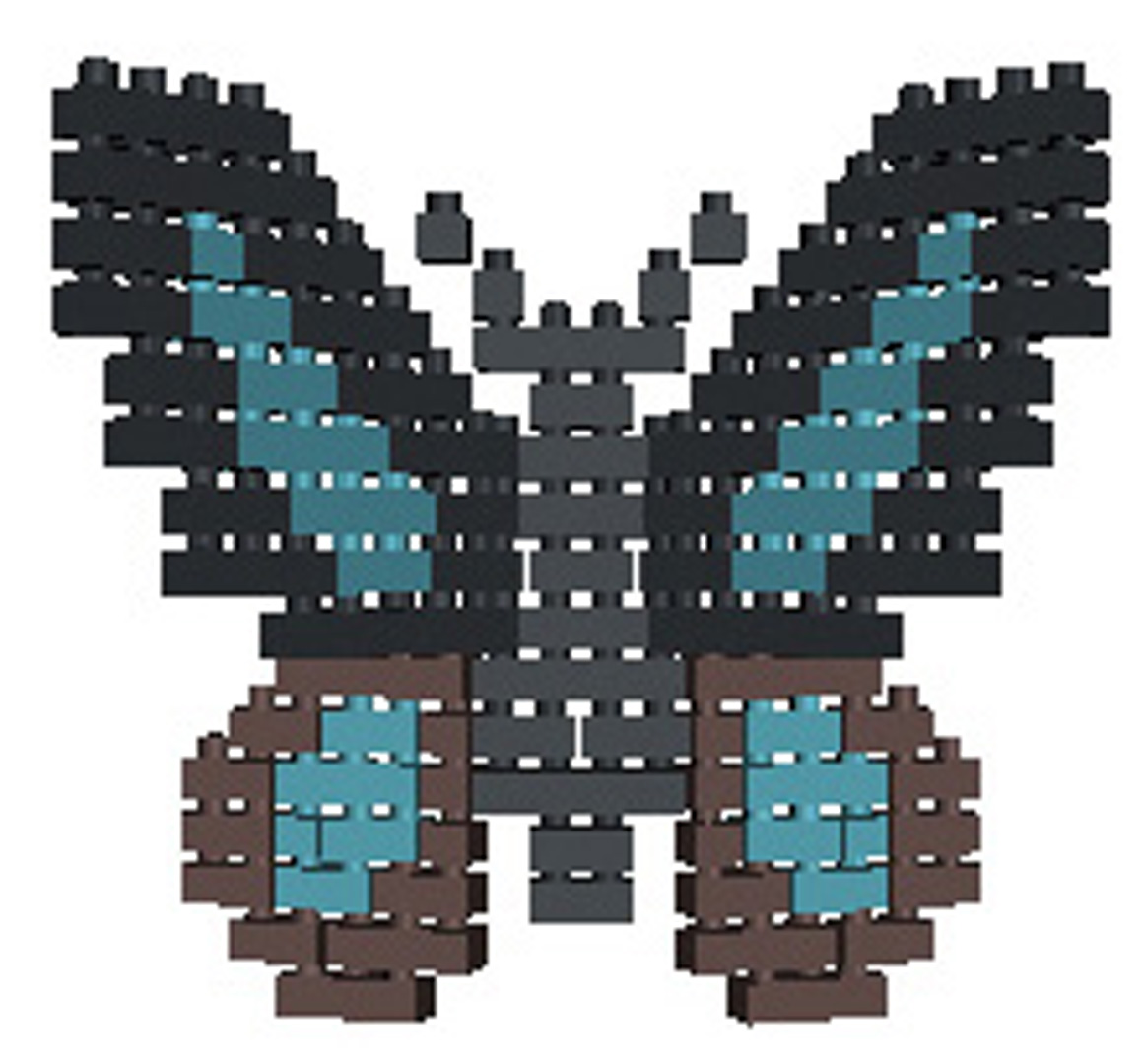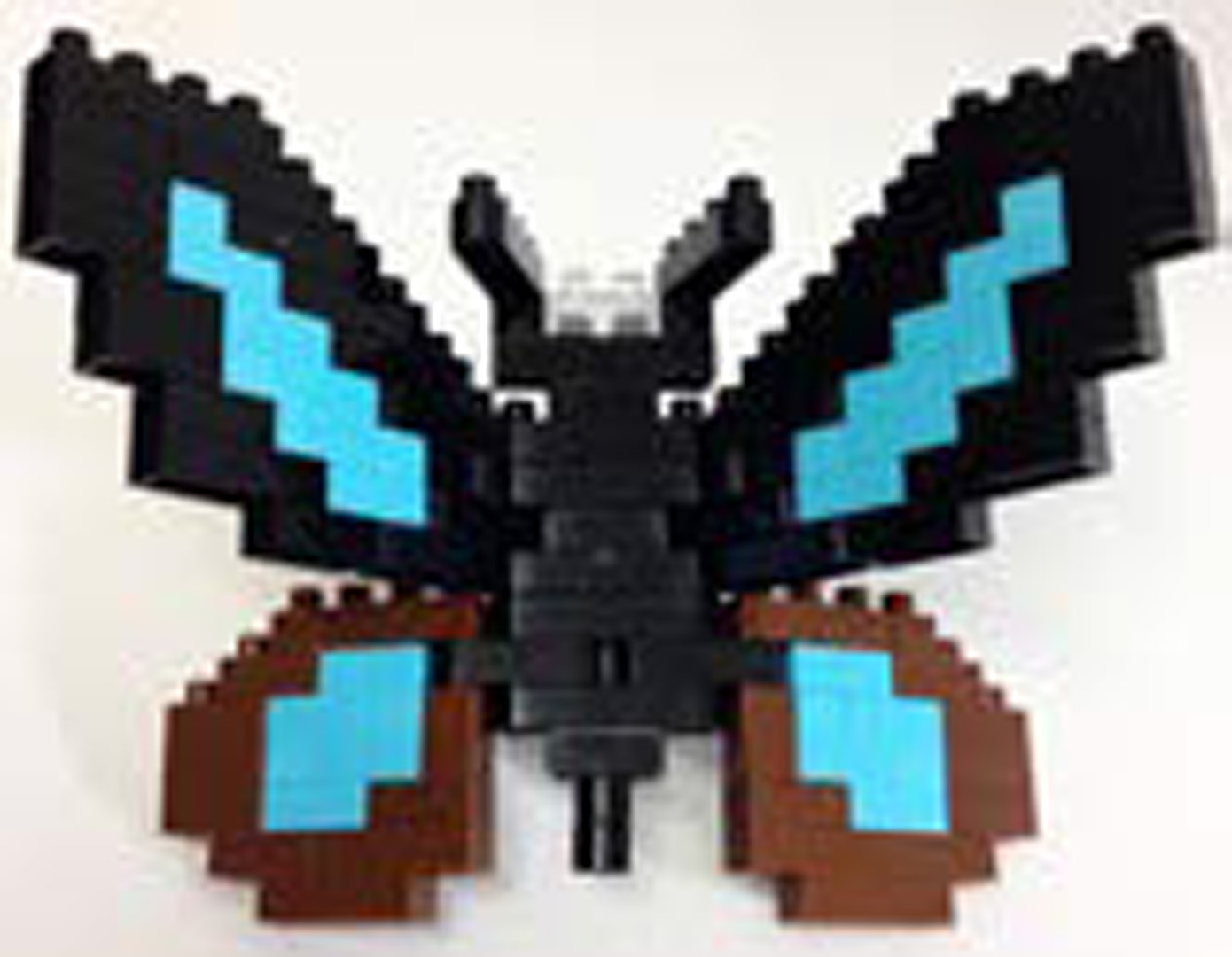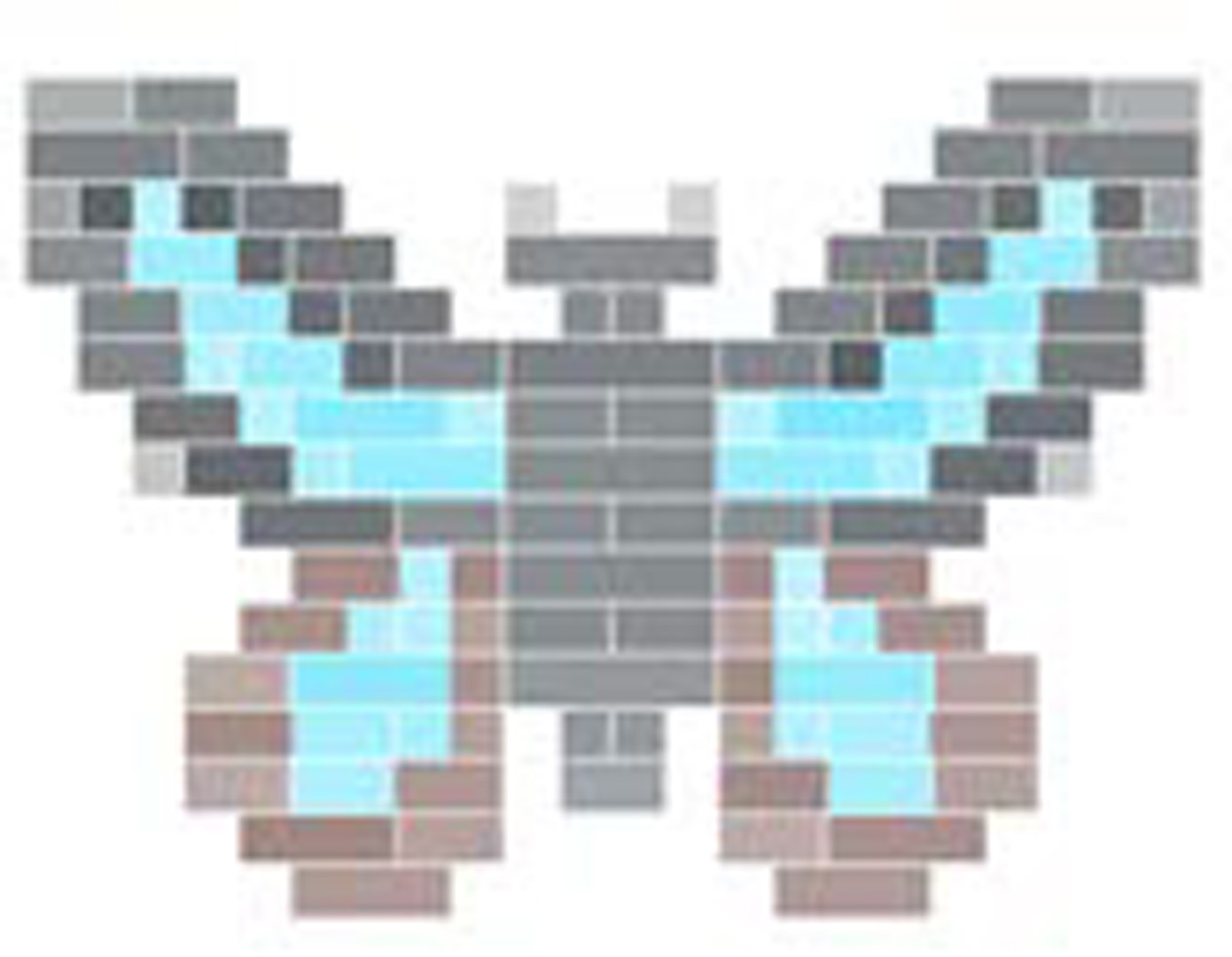“Blocklizer: Interactive Design of Stable Mini Block Artwork” by Zhang, Mitani, Kanamori and Fukui
Conference:
Type(s):
Entry Number: 21
Title:
- Blocklizer: Interactive Design of Stable Mini Block Artwork
Presenter(s)/Author(s):
Abstract:
LEGO consists of colorful interlocking bricks easy to be binded with each other. Automatic layout for better interlocked models, namely ”more stable” models suggested by LEGO, has been formulated as a combinatorial optimization [Gower et al. 1998] to merge voxels in pre-sampled binary volume model into basic bricks (Figure 2a). However, to create mini sized block artwork (e.g. under 200 pieces, Nanoblock mini collection1), an exploring process for better feature abstraction is required. It seems that compared with automatic layout systems, interactive free modeling tools (e.g. LEGO Digital Designer, Build With Chrome) win more popularity among amateur players of block productions. These free modeling systems have a better interactivity than automatic ones, but basically they hardly support stability optimization for brick layout.
We introduce an interactive system called blocklizer, to contribute to exploring stable but well abstracted design for mini block artwork by adapting stability optimization to user’s modification for expected structure. A painting interface is implemented to assist novices lack of block experiences or amateurs in sketching colorful defining feature (D-feature) expected in block model. These D-features are organized by different Z-order layers to handle the overlap. Such a layer structure is also well suitable for making building instructions which can guide real block work.
References:
- Gower, R., Heydtmann, A., and Petersen, H. 1998. Lego: Automated model construction. In Study Group Report of the 32nd European Study Group with Industry, Jens Gravesen and Poul Hjorth, 81–94.
- Petrovic, P. 2001. Solving lego brick layout problem using evolutionary algorithms. In Proc. Norsk Informatik Konferanse, 87–97.
Additional Images:









